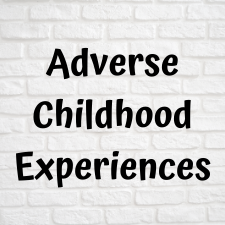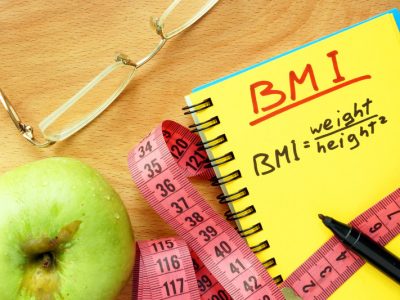
Chronic pain dismissal is not only a problem that adults around the country experience. But it is also something that has an impact on children and adolescents. The American Pain Society reports that between 20 to 35% of children and adolescents around the world experience chronic pain. In which, defined as being persistent and recurrent (1). With millions of adolescents experiencing chronic pain, it may come as a surprise to many that it’s often dismissed.
In the June 2017 issue of The Clinical Journal of Pain, researchers shared their findings from a study conducted on pain dismissal in adolescence (2). Studying almost 2,000 emerging adults by asking them a series of questions. They were able to gather information on the subject matter. The questions asked regarded their pain experience as an adolescent. Including, if it had ever been dismissed? Who had dismissed it? And characteristics of the person who dismissed their pain and about the pain experience.
Researchers found that 10% of the participants reported that chronic pain dismissal in adolescence dismissed at least on one occasion. Their pain dismissed by either a parent or their physician most often. And that it left a lasting sense of hostility toward the person who had been dismissive of their pain. Furthermore, it left them feel angry, negative toward themselves. They felt isolated and it had damaged the relationship with the person who had dismissed the pain.
This is important information for both parents and physicians. Millions of adolescents experience chronic pain. And if it is dismissed, there are long-term implications on result. Thus, it will most likely damage the relationship with the person who dismissed it. But it also leaves the adolescent feeling bad emotionally and isolated. Parents and physicians can use this information in helping the adolescents experiencing chronic pain by having more supportive and effective responses.
The researchers also reported that those adolescents who experienced pain have psychosocial effects that last into adulthood. When an adolescent experiences chronic pain, they will also experience it as an adult. And, they will have a higher risk for depression and anxiety. Parents and physicians can help adolescents finding effective ways to manage chronic pain by offering supportive response than dismissing their pain. And put them on a better path for adulthood. Also, they will feel more supported, less isolated, and more trusting of their parent and physician when they become adult.
Sources:
1. American Pain Society. Assessment and Management of Children with Chronic Pain. http://americanpainsociety.org/uploads/get-involved/pediatric-chronic-pain-statement.pdf
2. The Clinical Journal of Pain. The Experience of Pain Dismissal in Adolescence. https://www.ncbi.nlm.nih.gov/pubmed/28654555







